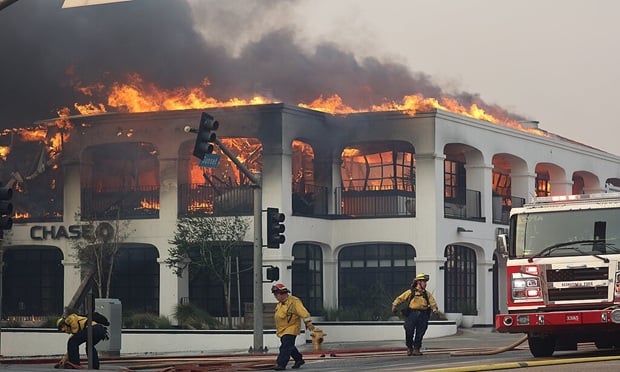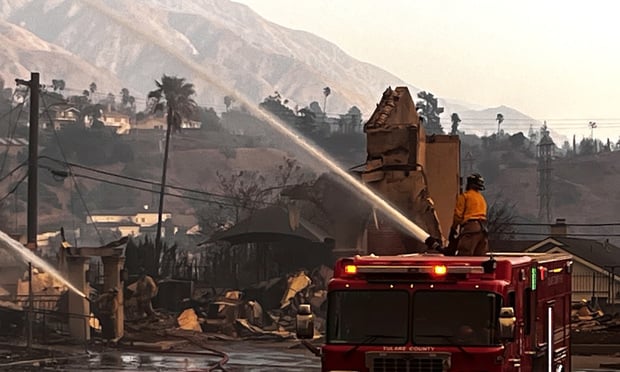NU Online News Service, July 7, 3:42 p.m. EDT
A report that Florida's catastrophe funds have over $2 trillion in loss exposure will be clarified in the future, according to officials from the state's insurance department.
An e-mail from Brittany Benner, deputy director of communications for the Florida Office of Insurance Regulation (OIR), stated that Belinda Miller, deputy commissioner of property and casualty for the OIR, has been in touch with the Government Accountability Office about a report issued last month.
Ms. Miller said the GAO will not be making any changes to its report, but "clarification will be provided when needed and when opportunities arise to do so. It is our understanding that the intent of the report was to plan for catastrophes and review available funding mechanisms."
The report in question was issued last month and reviewed the status of state natural catastrophe insurance programs in Alabama, California, Florida, Louisiana, Mississippi, North Carolina, New Jersey, South Carolina and Texas.
According to the report, the Florida Hurricane Catastrophe Fund and Florida Citizens Property Insurance Corp. have more than $2 trillion in total exposures, exceeding the exposures of the eight other states examined combined.
The department said, according to quarterly reports from insurers in the state, that there is about $2.1 trillion in exposure for policies in force that include wind coverage, and $200 billion in exposure for policies that exclude wind, for a total of $2.3 trillion.
However, the GAO report does not differentiate between probable maximum loss and individual loss. With a legal cap on losses, the state's Citizens Property Insurance Corp. would potentially suffer billions in losses, not trillions as the report suggests.
The Sun-Sentinel reported that the state's hurricane fund would be responsible for $23 billion at the worst, and Citizens for $422 billion.
The major problem with Florida's exposure is that it suffers from an overregulated insurance market, said Loretta Worters, vice president-communications with the Insurance Information Institute.
In an e-mail, she called the state "America's top catastrophe problem" and said its exposure will only grow in the future.
"Florida is not the nation's most uninsurable property insurance market, but it is the most dysfunctional," she said. "The source of this dysfunctionality, however, is not hurricanes, but rate suppression and a hostile regulatory environment, which is ultimately anti-consumer."
She noted that close to 80 percent of the state's exposure is coastal and the exposure has grown by $522 billion from 2004 to $2.46 trillion as of 2007, with residential structures accounting for slightly more than half of the exposure.
"Rate suppression leads to reduced consumer choice, less competition and a weakening among some insurers," she said. "Florida Citizens' exposure in recent years has approached one-half-trillion dollars. Since its creation in 2002, total exposure to loss in Florida Citizens has increased by 163 percent from $154.6 billion to $406 billion in 2009."
A request for comment from the GAO was not immediately returned.
Want to continue reading?
Become a Free PropertyCasualty360 Digital Reader
Your access to unlimited PropertyCasualty360 content isn’t changing.
Once you are an ALM digital member, you’ll receive:
- Breaking insurance news and analysis, on-site and via our newsletters and custom alerts
- Weekly Insurance Speak podcast featuring exclusive interviews with industry leaders
- Educational webcasts, white papers, and ebooks from industry thought leaders
- Critical converage of the employee benefits and financial advisory markets on our other ALM sites, BenefitsPRO and ThinkAdvisor
Already have an account? Sign In Now
© 2025 ALM Global, LLC, All Rights Reserved. Request academic re-use from www.copyright.com. All other uses, submit a request to asset-and-logo-licensing@alm.com. For more information visit Asset & Logo Licensing.








